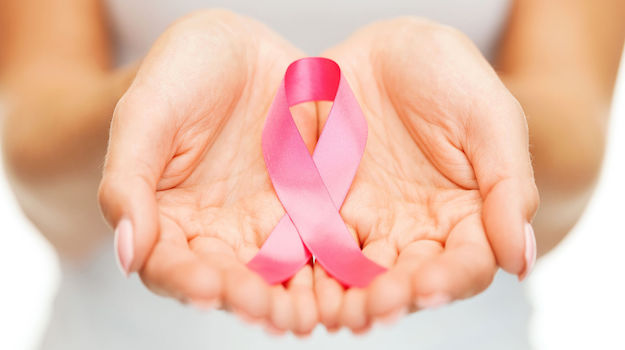New Delhi, 17 September 2017: Of all cancers in women in India, breast cancer accounts for 27% of such cases. Its incidence rises in the early 30s and peaks between 50 and 64 years of age. Statistics also indicate that 1 in 28 women is likely to develop breast cancer during her lifetime.[1] According to the IMA, breast cancer is developing at a younger age in Indian women. The difficulty in treatment is due to lack of awareness and the resultant delay in diagnosis.
Breast cancer is a type of cancer that develops from the breast tissue. Among the many risk factors are interplay of genes, the environment and lifestyle. It is imperative for women over the age of 30 to go for mandatory screenings and tests, and make certain lifestyle changes to lower their risk of developing breast cancer.
Speaking about this, Padma Shri Awardee Dr K K Aggarwal, National President Indian Medical Association (IMA) and President Heart Care Foundation of India (HCFI) and Dr RN Tandon – Honorary Secretary General IMA in a joint statement, said, “It is known that normal breast cells become cancerous due to mutations in the DNA. Although some of these are inherited, most DNA changes related to breast cells are acquired during one’s life. Cells grow with the help of proto-oncogenes. When these cells mutate, they can increase growth of cells without any control. Such mutations are referred to as oncogenes. An uncontrolled cell growth can lead to cancer. The mutations occur in the BRCA1 and BRCA2 genes. Those who inherit a mutated gene from a parent have a significantly higher risk of developing breast cancer. Women at high risk (greater than 20% lifetime risk) should get an MRI and a mammogram every year.”
Some symptoms of breast cancer include a lump in the breast or armpit, bloody nipple discharge, inverted nipple, orange-peel texture or dimpling of the skin over the breast, breast pain or sore nipple, swollen lymph nodes in the neck or armpit, and a change in the size or shape of the breast or nipple.
Adding further, Dr Aggarwal, said, “Estrogen stimulates cells of the breast’s glandular tissue to divide. The longer a woman is exposed to estrogen, the greater her risk for breast cancer. Estrogen exposure is increased if a woman began menstruating at or before 11 years of age, or if she experiences menopause at age 55 years or older. Women age 45 and older should have a screening mammogram every year until age 54. Women 55 years of age and older should have biennial screening or continue screening annually.”
Here are some tips to prevent breast cancer.
Limit alcohol consumption Alcohol increases the risk of developing breast cancer. Limit the intake to 1 drink per day as even small amounts can increase risk.
Avoid smoking Research indicates that there is a link between smoking and breast cancer and therefore, it is best to quit the habit.
Control your weight and be active Being overweight or obese increases the risk of breast cancer. Have an active lifestyle and exercise regularly for about 30 minutes a day.
Breast-feed Breast-feeding might play a role in breast cancer prevention. The longer you breast-feed, the greater the protective effect.
Limit dose and duration of hormone therapy Combination hormone therapy for more than three to five years increases the risk of breast cancer. Use the lowest dose that works for you and continue to have the doctor monitor the length of time for which you take the hormones.
Eat a healthy diet, rich in fruits and vegetables, whole grains and low in fat.
Avoid stress, as it reduces immunity and impairs defense mechanisms of the body. Practice yoga, deep breathing exercises.





















